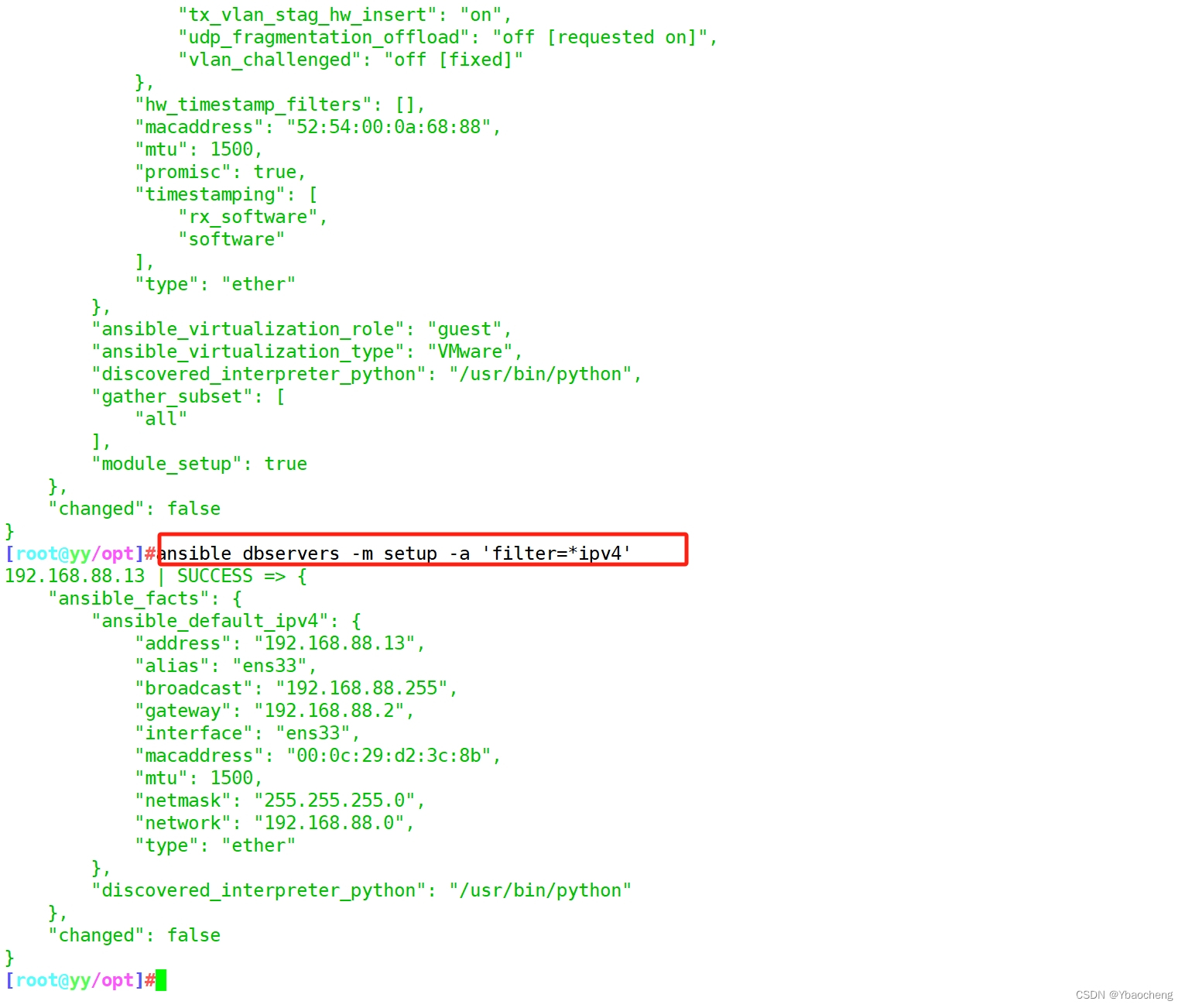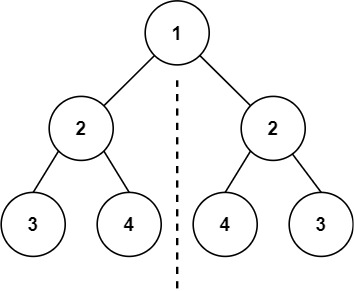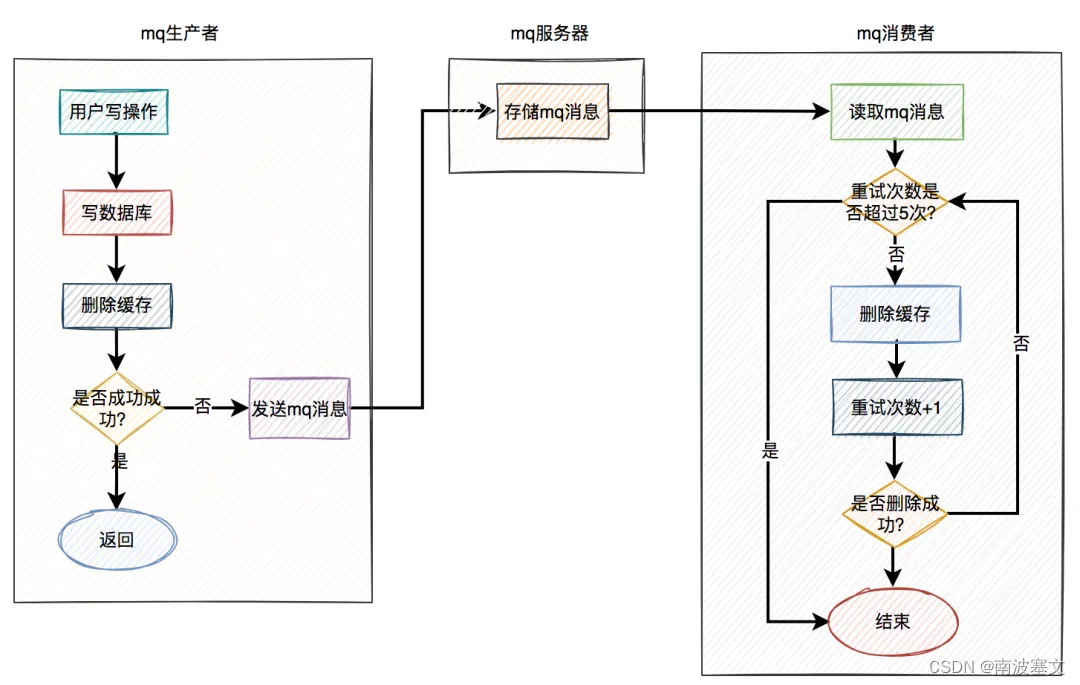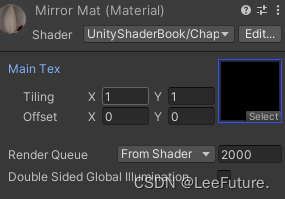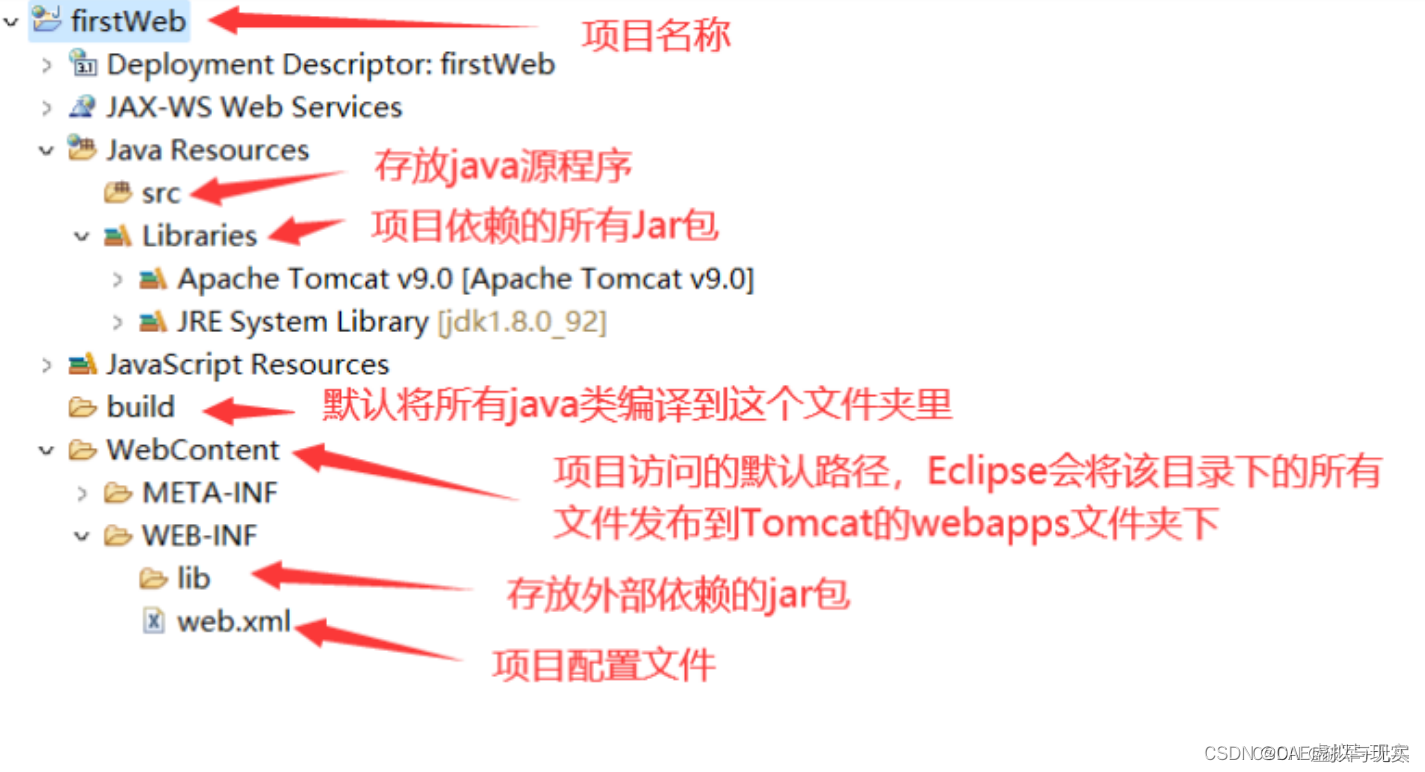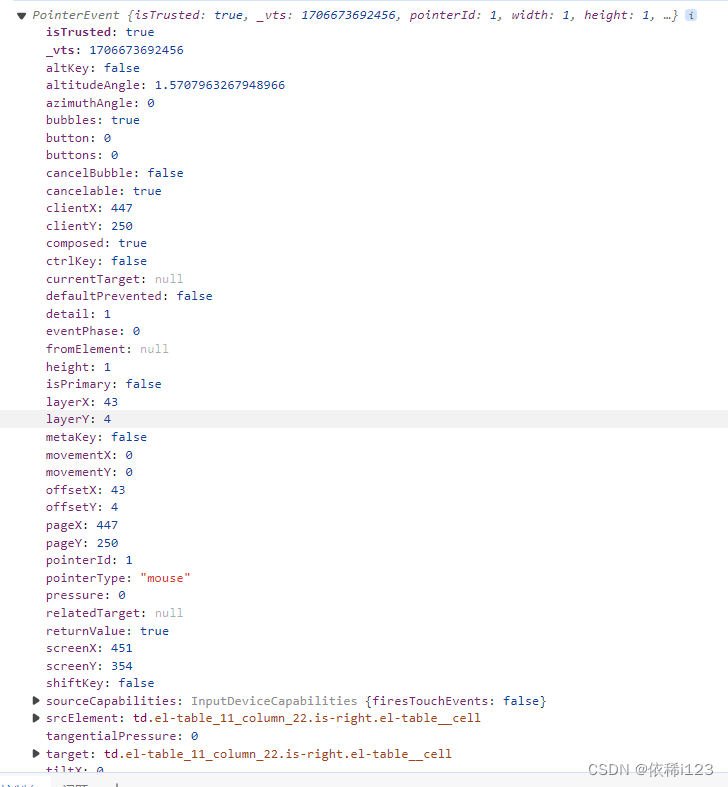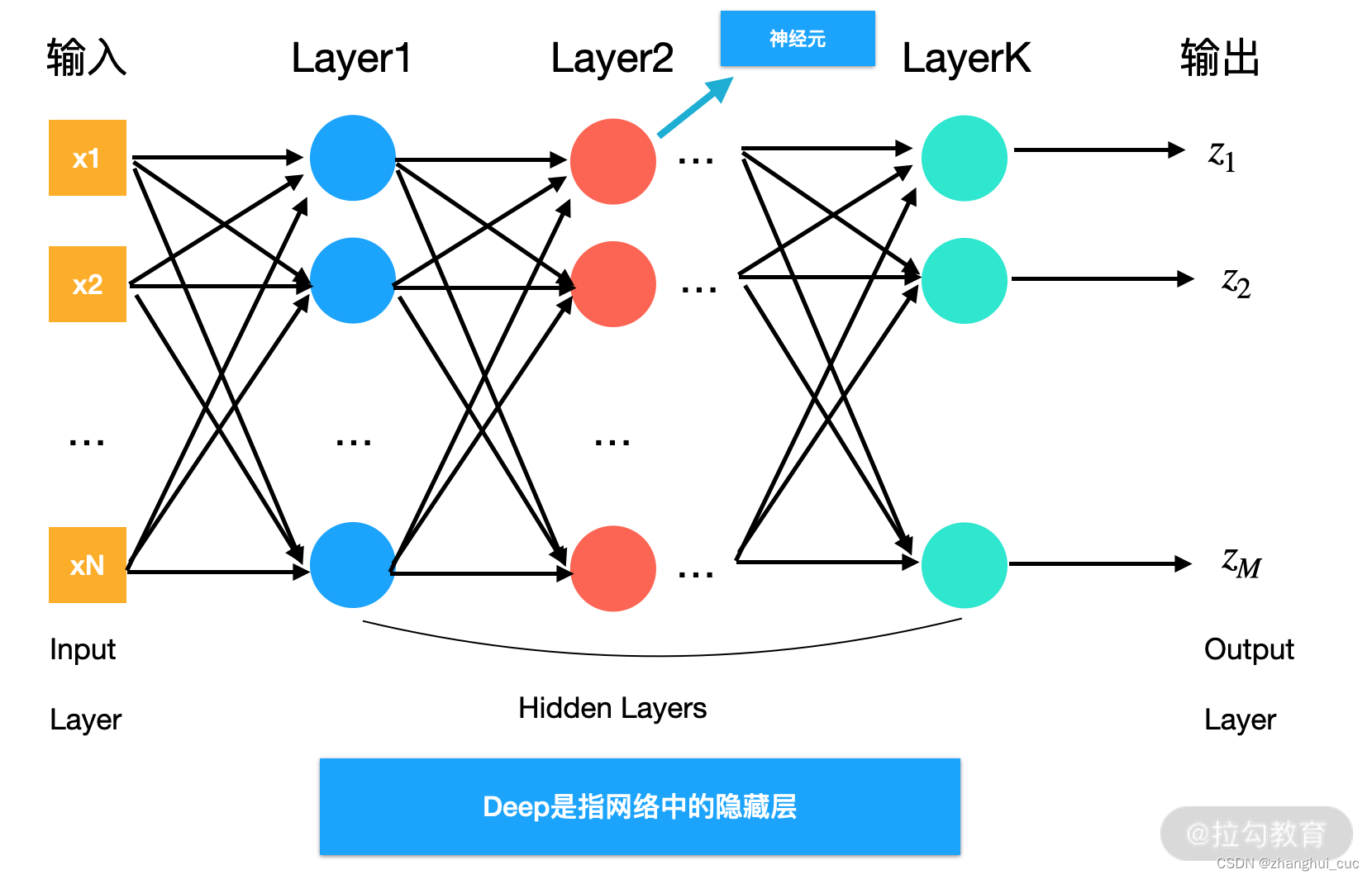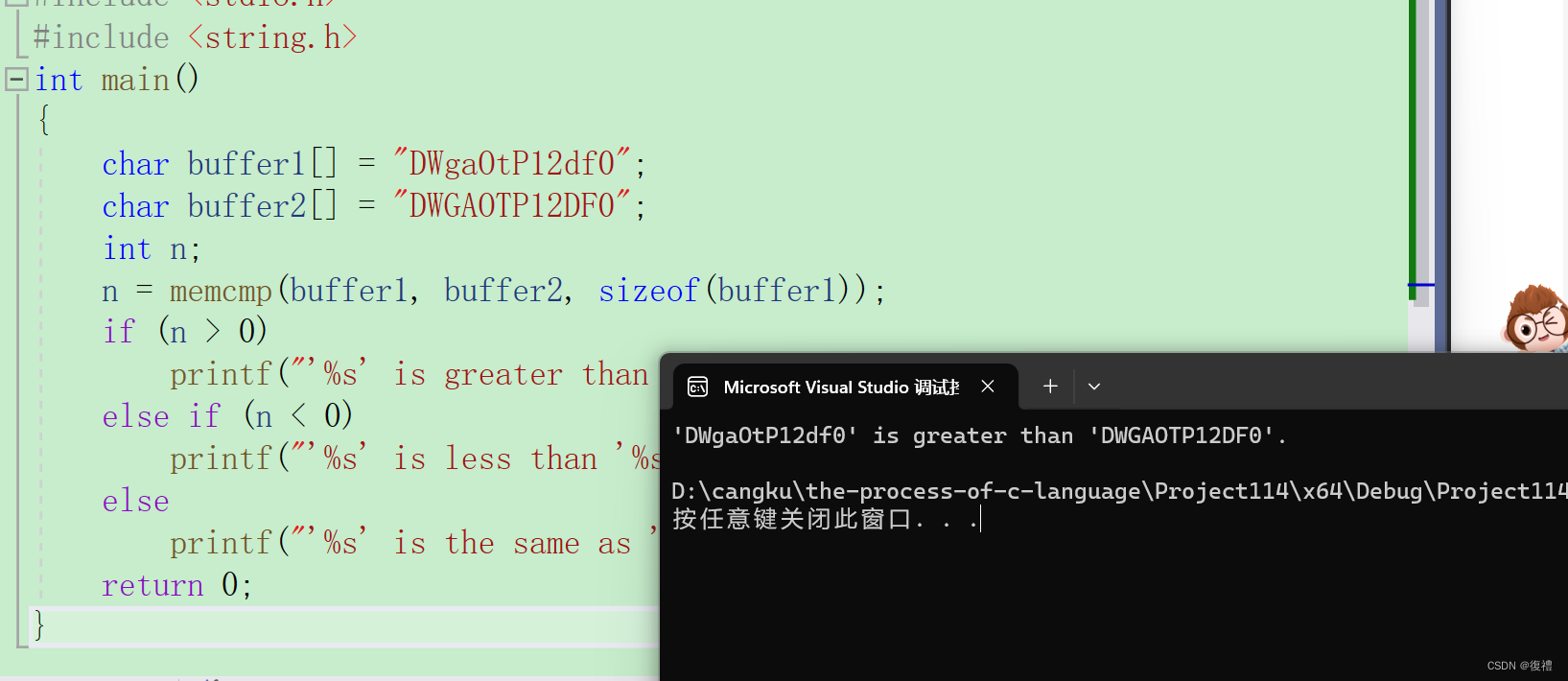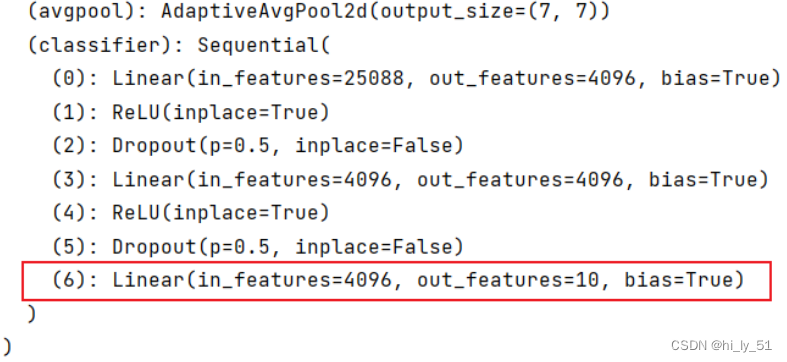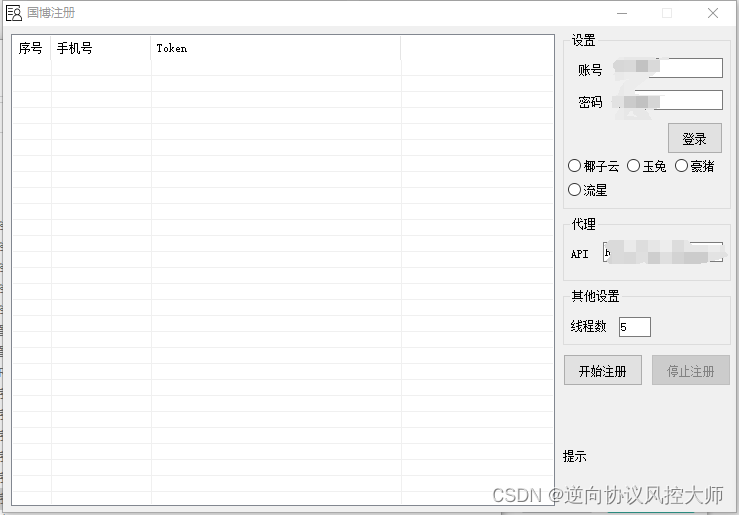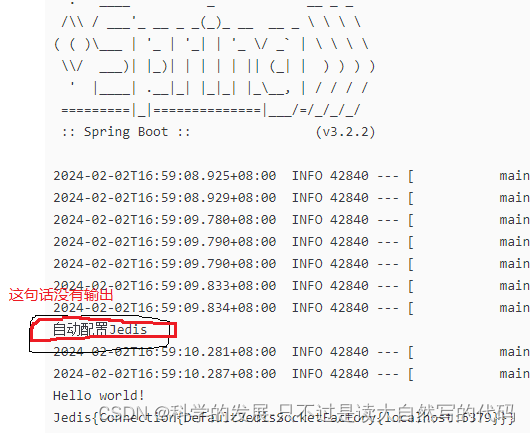[Python小工具]Python批量生成数据到MySQL
base.py
#!/usr/bin/python
# -*- coding:utf-8 -*-
import time
import random
from datetime import datetime, timedelta
from faker import Faker
import string
fake = Faker('zh_CN')
class Base_conn:
# 数据库连接配置初始化
def __init__(self, DB_HOST, DB_USER, DB_PASSWORD, DB_NAME):
self.DB_HOST = DB_HOST
self.DB_USER = DB_USER
self.DB_PASSWORD = DB_PASSWORD
self.DB_NAME = DB_NAME
class TimeShift:
def starttime(self):
self.start_time = time.time()
return self.start_time
def endtime(self):
self.end_time = time.time()
return self.end_time
def executiontime(self):
self.execution_time = self.end_time - self.start_time
return self.execution_time
def timeshift(self, execution_time):
if execution_time < 60:
return f"{int(execution_time)}秒"
elif execution_time >= 60 or execution_time <= 3600:
return f"{execution_time / 60:.1f}分钟"
else:
return f"{int(execution_time / 60 / 60):.1f}小时"
class Table_Employee:
# 生成身份证信息的模拟函数,可根据实际情况调整
def generate_id_card(self):
# region_code = "420100" # 地区编码
region_code = "{:.6f}".format(random.random()).split('.')[1] # 地区编码
birth_date = datetime.strptime("19900101", "%Y%m%d") + timedelta(days=random.randint(0, 365 * 50)) # 出生日期
seq_code = str(random.randint(100, 999)) # 序列码
gender_code = str(random.randint(0, 9)) # 性别码
check_code = str(random.randint(0, 9)) # 校验码(这里仅用于示例)
id_card = f"{region_code}{birth_date.strftime('%Y%m%d')}{seq_code}{gender_code}{check_code}"
# 确保生成的身份证号码长度正好是 18 个字符
return id_card[:18]
def __init__(self, work_id=None, name=None, age=None, gender=None, id_card=None, entry_date=None, department=None):
# self.work_id = work_id if work_id else fake.pystr(min_chars=3, max_chars=10)
self.work_id = work_id if work_id else "{:.6f}".format(random.random()).split('.')[1]
self.name = name if name else fake.name()
self.age = age if age else random.randint(18, 65)
self.gender = gender if gender else fake.random_element(elements=('男', '女'))
self.id_card = id_card if id_card else self.generate_id_card()
self.entry_date = entry_date if entry_date else (
datetime.now() - timedelta(days=random.randint(0, 365 * 10))).date()
self.department = department if department else random.randint(1, 7)
class Table_Students:
def Email_data(self):
num_letters = random.randint(5, 10)
random_letters = random.choices(string.ascii_letters, k=num_letters)
Email = "www." + ''.join(random_letters) + '.com'
return Email
def Address_data(self):
provinces = ['北京市', '天津市', '山西省']
cities = {
'北京市': ['东城区', '西城区', '朝阳区', '海淀区', '丰台区'],
'天津市': ['和平区', '河东区', '河西区', '南开区', '红桥区'],
'山西省': ['太原市', '大同市', '阳泉市', '长治市', '晋城市']
}
roads = ['长安街', '和平路', '人民大街', '建国路', '中山路', '解放街', '青年路', '光明街', '文化路', '新华街']
province = random.choice(provinces)
city = random.choice(cities[province])
random_province = random.choice(provinces)
random_road = random.choice(roads)
random_address = random_province + random_road
random_init = str(random.randint(100, 999))
address = province + city + random_address + random_init + '号'
return address
def __init__(self, SNo=None, Sname=None, Gender=None, Birthday=None, Mobile=None, Email=None, Address=None,
Image='null'):
# self.work_id = work_id if work_id else fake.pystr(min_chars=3, max_chars=10)
self.SNo = SNo if SNo else str((datetime.now() - timedelta(days=random.randint(0, 365 * 10))).date()).split('-')[0] + str(random.randint(100,999))
self.Sname = Sname if Sname else fake.name()
self.Gender = Gender if Gender else fake.random_element(elements=('男', '女'))
self.Birthday = Birthday if Birthday else (
datetime.now() - timedelta(days=random.randint(0, 365 * 10))).date()
self.Mobile = Mobile if Mobile else str(random.randint(130, 199)) + "{:.8f}".format(random.random()).split('.')[
1]
self.Email = Email if Email else self.Email_data()
self.Address = Address if Address else self.Address_data()
self.Image = Image
mysql_data.py
import re
import time
import pymysql
import threading
from faker import Faker
from pymysql.constants import CLIENT
from base import Base_conn, TimeShift, Table_Employee, Table_Students
fake = Faker('zh_CN')
# 数据库连接配置
# connect = Base_conn('localhost', 'root', 'iotplatform', 'test')
connect = Base_conn('localhost', 'root', 'iotplatform', 'student_profile_db')
def connect_db():
try:
connection = pymysql.connect(
host=connect.DB_HOST,
user=connect.DB_USER,
password=connect.DB_PASSWORD,
database=connect.DB_NAME,
client_flag=CLIENT.MULTI_STATEMENTS,
cursorclass=pymysql.cursors.DictCursor,
charset='utf8mb4'
)
return connection
except pymysql.MySQLError as e:
print(f"Database connection failed: {e}")
return None
# 数据插入函数
def insert_data(start, end, thread_id, sql):
# 创建数据库连接
connection = connect_db()
try:
# 创建 cursor 用于执行 SQL 语句
with connection.cursor() as cursor:
sql_cmd = sql
for i in range(start, end):
# 记录最后一次用于插入的数据
table_employee = Table_Employee()
table_students = Table_Students()
# last_values = (table_employee.work_id,
# table_employee.name,
# table_employee.age,
# table_employee.gender,
# table_employee.id_card,
# table_employee.entry_date,
# table_employee.department)
last_values = (
table_students.SNo,
table_students.Sname,
table_students.Gender,
table_students.Birthday,
table_students.Mobile,
table_students.Email,
table_students.Address,
table_students.Image
)
# 执行 SQL 语句
cursor.execute(sql_cmd, last_values)
connection.commit()
# 提交事务
# connection.commit()
# print(f"Thread {thread_id}: Inserted rows {start} to {end}")
except Exception as e:
print(f"Thread {thread_id}: Error occurred: {e}")
finally:
# if last_values:
# print(f"Thread {thread_id}: Inserted rows {start} to {end}. Last row data: {last_values}")
# 关闭数据库连接
connection.close()
def perform_sql_operation(sql, operation):
conn = connect_db()
num = 0
try:
with conn.cursor() as cursor:
if operation in ('select', 'show'):
cursor.execute(sql)
for row in cursor.fetchall():
print(row)
elif operation in ('update', 'delete'):
cursor.execute(sql)
num += 1
conn.commit()
print('执行sql数:', num)
except pymysql.MySQLError as e:
print(f"Error: {e}")
conn.rollback()
finally:
conn.close()
def insert_sql(sql_command, total_records, num_threads):
total_records = total_records # 总共需要插入的记录数
num_threads = num_threads # 线程数量
records_per_thread = total_records // num_threads # 每个线程需要插入的记录数
sql_cmd = sql_command
threads = []
for i in range(num_threads):
start_index = i * records_per_thread
end_index = start_index + records_per_thread
end_index = min(end_index, total_records)
thread_id = i + 1
# 创建线程
thread = threading.Thread(target=insert_data, args=(start_index, end_index, thread_id, sql_cmd))
threads.append(thread)
thread.start()
# 等待所有线程完成
for thread in threads:
thread.join()
def up_del_sel_sql(sql_cmd):
sql_command = sql_cmd
perform_sql_operation(sql_command, command)
# 主函数,负责创建线程并分配任务
def main(sql):
if sql.lower() == 'insert':
insert_sql(sql_cmd, total_records, num_threads)
elif sql.lower() in ('update', 'delete', 'select', 'show'):
up_del_sel_sql(sql_cmd)
else:
print('请传入执行的sql类型: [insert|update|delete|select]')
if __name__ == '__main__':
# 总共需要插入的记录数
total_records = 1000000
# 开启线程数量
num_threads = 1
# 执行sql
# sql_cmd = """ insert into `employee` (`workid`, `name`, `age`, `gender`, `idcard`, `entrydate`, `department`)
# values (%s, %s, %s, %s, %s, %s, %s) """
sql_cmd = """ insert into `Student` (`SNo`, `Sname`, `Gender`, `Birthday`, `Mobile`, `Email`, `Address` , `Image`)
values (%s, %s, %s, %s, %s, %s, %s,%s) """
# sql_cmd = "delete from employee limit 100000"
# sql_cmd = "select count(*) from employee"
# sql_cmd = "show tables like '%employee%'"
# sql_cmd = ""
command = re.search(r'\binsert|update|delete|select|show\b', sql_cmd, re.IGNORECASE)
command = command.group().lower() if command else None
if command:
time_shift = TimeShift()
start_time = time_shift.starttime()
main(command)
end_time = time_shift.endtime()
execution_time = time_shift.timeshift(time_shift.executiontime())
print(f"执行时间: {execution_time}")
else:
print('未找到匹配的命令')
